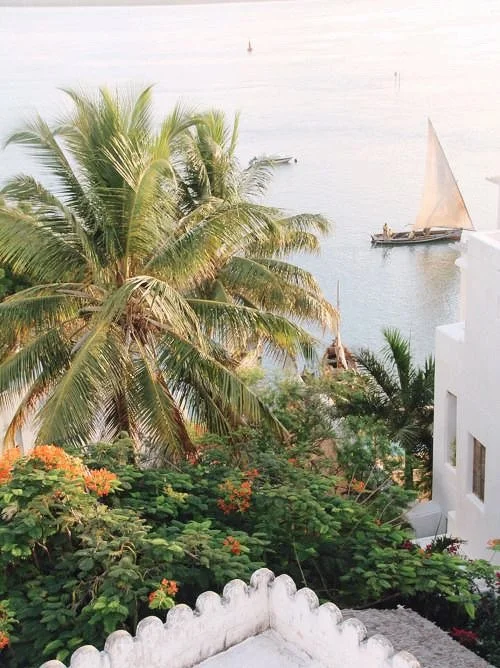SLOW TRAVEL ON IBO ISLAND, MOZAMBIQUE: SMH TRAVELLER
Islands are places of refuge, escapism and relaxation. THEIR relative isolation has allowed unique hybrid histories and cultural mixes to flourish – or has preserved a single distinctive society found nowhere else.It was the stuff of which honeymoon dreams are made. My husband and I, married just two weeks prior, eased down onto Ibo Island in northern Mozambique’s Quirimbas Archipelago, in a six-seater plane.
Our terror of light aircraft was momentarily swept away by the sight of lush coconut groves and the winking Indian Ocean below.
The charm of arriving at an “airport” consisting solely of a sign with the word “Ibo” written on it, was only enhanced by the open-sided Jeep drive along the dusty road to our hotel. As we flickered in and out of palm tree shadows, local kids raced barefoot behind us.
Since Ibo was once an important Muslim trading port that was then fortified in the early 1600s by the Portuguese, it is peppered with crumbling Portuguese villas.
Ibo Island Lodge, the only hotel on the island, was made up of three of these restored, 150-year-old Portuguese mansions set right on the seafront.
If it’s true that real beauty resides in flaws, this whitewashed, romantically rustic, bougainvillea-shrouded eco-lodge is surely one of the world’s most stunning.
We had read that Ibo Island was “the edge of nowhere” and an island of mysteries, and within minutes of arriving it was clear that this was Mozambique’s best-kept secret.
With no electricity on the island, there was a distinct lack of noise or pollution, and life felt 10 times slower.
Walking along the battlements of the 18th century Fort of Sao Joao one afternoon, our only soundtrack was the crash of the ocean, and the gentle hammering of the silversmiths the island is known for.
Ibo’s sunsets are famously picturesque. But see that sunset on a traditional dhow sailboat, as we did after a day spent snorkelling and kayaking through waters vibrating with marine life, and its beauty is unparalleled.
Sipping champagne on the dhow’s roof while looking back at the island, burnished gold in the day’s last light, we decided that it was indeed the world’s most beautiful.
We decided again on our final morning, when we were ferried out to sea with a full mahogany dining suite for breakfast on a disappearing sandbank.
Only when the crystal-clear water was lapping at our ankles could we accept that it was time to pack up and leave.
